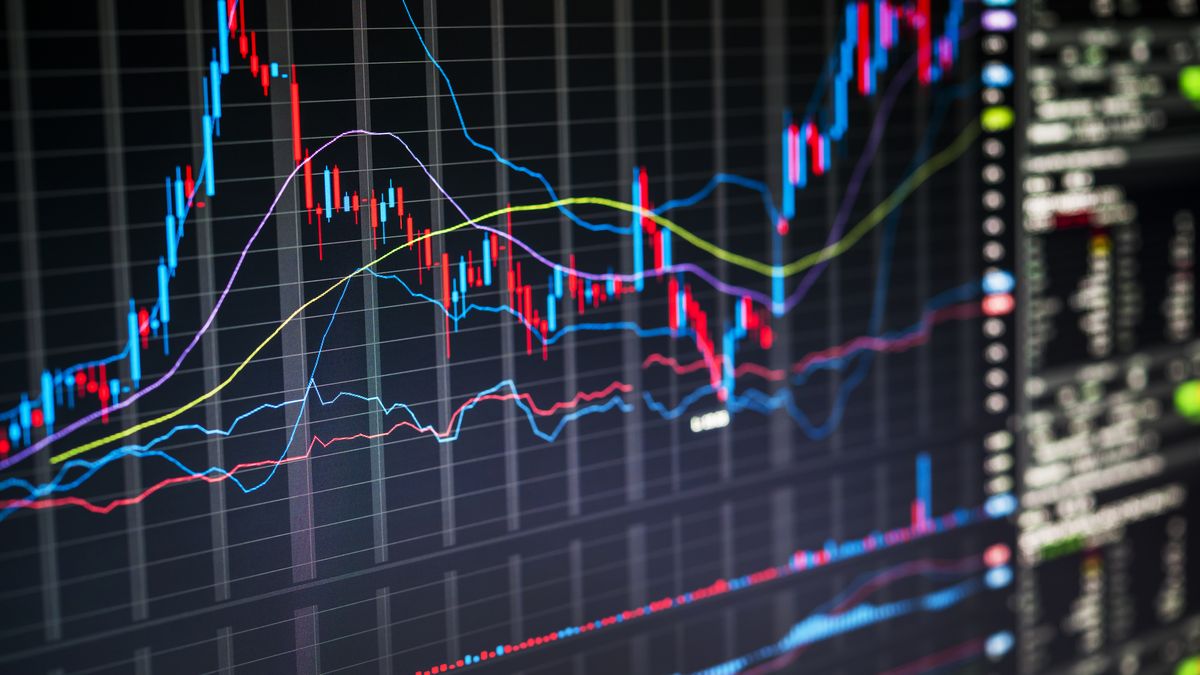The Ministry of Economy recently published the results of the public accounts for the month of September. In the reference period, total revenues amounted to $1,624,820 M, presenting a year-on-year variation of 122.8% compared to September 2021. In the accumulated 12-month period, total revenues amounted to 18.5% of GDP, assuming a gross product of $70,000,000 M, measured at current prices, in the third quarter of the year. This relationship improved by 1.3 percentage points compared to the previous month.
With respect to total expenses, they were $1,562,196 M and represented a rise of 78.9% compared to the same month of the previous year. On the other hand, in one year, total expenses were accumulated for more than $14.7 thousand M, equivalent to 22.5% of the GDP; 19.4% represents current spending, while the balance represents capital spending.
The difference between total income and expenses as of September returns a positive result, a primary surplus of more than $80 billion. Since May 2021, Argentina did not experience a primary surplus in its public accounts. Then, when taking into account the expense for the concept of Interestswhich were $85,068 M, the final result does result in a deficit.
On the trade balance side, the deficit balance was also reversed, after 3 consecutive months. In June the negative difference between what was exported and what was imported was US$ -115 M, the following month it rose to US$ -437 M and in August it stood at US$ -300 M. In September exports were US$ S 7,407 M, decreased 2.2% compared to the same month of 2021 (US$ -163 million) due to a 12.5% decrease in quantities and a 12.0% increase in prices.
During the same month, imports amounted to US$ 6,993 million, an increase of 18.8% compared to the same month of the previous year (US$ +1,107 million), as a result of a 10.5% rise in prices and of 7.6% in the quantities.
In short, in September, the positive balance of the trade balance was US$414 million, US$1,271 million lower than the balance of the same month of the previous year, a period in which a trade surplus of US$ 1,685 million.
Both surplus results come from the implementation of the so-called soybean dollar, that quote of $200 of the exchange rate, through which exporters were able to liquidate their soybean production, only available during the seventh month of the year.
Due to the strong exchange delay, producers, as well as exporters of other items, had been delaying their exports, waiting for a devaluation or higher differential price. In large part, the trade balance deficit was due to that.
The government made the decision to delay the exchange rate, with the aim of using it as an anchor, to control inflation. Not only did inflation skyrocket, but it acted as a disincentive to export, while it was a boost for the importer, thanks to the fact that he could enter the products at a low price dollar.
A large part of the total income is made up of tax income, which, as of September, reached $1,444,653 million, growing 116.0% compared to September of last year, driven mainly by the expansion of the Rights of Export, social security resources and those associated with economic activity. Foreign trade taxes show an interannual variation of 247.6%.
In particular, Export Duties increased by 314.6% year-on-year, while Import Duties registered a growth of 74.9%. The strong expansion in the collection for Export Duties is explained by the liquidation of exports from the soybean complex carried out during the month within the framework of the soybean dollar program.
On the other hand, it coincided that, in September, the low temperatures of winter began to dissipate, so energy imports were reduced. During the winter, energy imports were very important, added to the high international prices, due to Russia’s invasion of Ukraine and the unfavorable global context in general.
Having said all this, it is important to understand why the fact that the Argentine economy has twin deficits is a situation that affects the daily economy and personal finances of all its citizens and why it is so important to reverse this situation.
The fiscal deficit needs to be covered in some way. Argentina does not have the possibility of requesting external credit and, when it tries to seek internal financing, the market increasingly asks for higher rates, in response to the high level of mistrust. According to the last debt auction carried out by the government, it had to offer rates of around 113.0%. Although he managed to raise more than the money he needed, he did so at a very high cost, and in a very short time, since the market did not want to lend him beyond March of next year.
On the other hand, as a third way of financing, it has resorted to issuing money. The direct consequence of the monetary issue is higher inflation. As long as the Argentine economy continues to present a deficit in its public accounts, and as long as the government covers said negative difference with issuance, it will be practically impossible for inflation to subside. For this reason, projections place inflation at around 100.0% by the end of the year. Although it is true that the emission decreased in recent months, we are experiencing the consequences of the high emission of the previous months.
For its part, the problem of trade balance deficit translates into fewer dollars and, therefore, fewer reserves in the BCRA. As the Central Bank has fewer dollars, the direct consequence will be greater restrictions to continue restricting access to the foreign exchange market. Fewer and fewer people will be able to access both the official dollar and alternative dollars.
As a conclusion, from the structural problem of twin deficits that the Argentine economy is going through, it follows that the cost of internal financing increases, there is greater issuance and, therefore, higher inflation, as well as fewer dollars and, therefore, greater restrictions on access currency. Although, as of September, this situation was reversed, it is essential that the same happens in the coming months, so that the changes are structural and not just patches.
Degree in Business Administration. Consultant Salvador DiStefano
Source: Ambito




